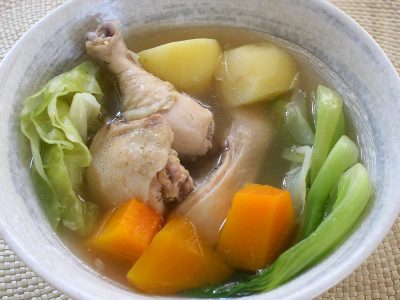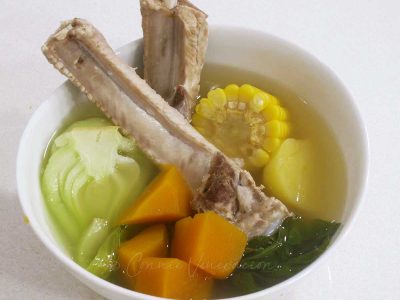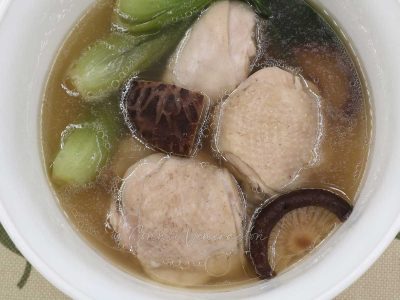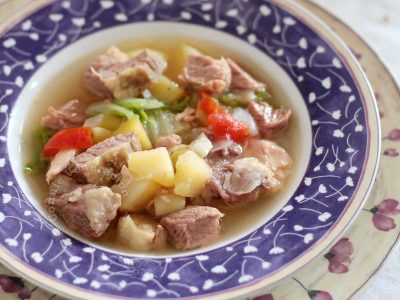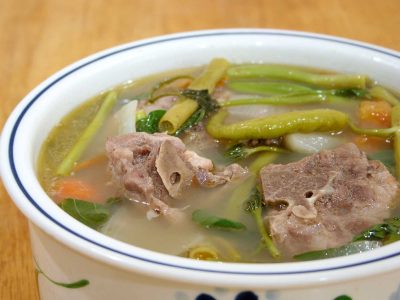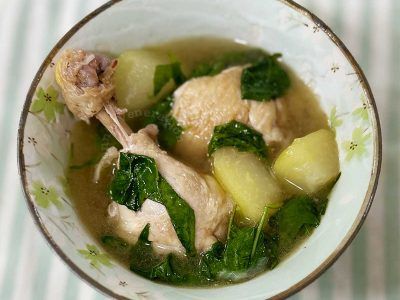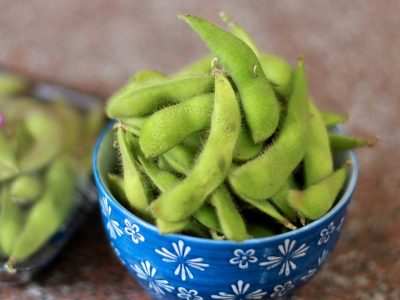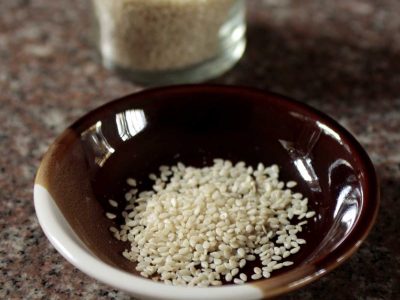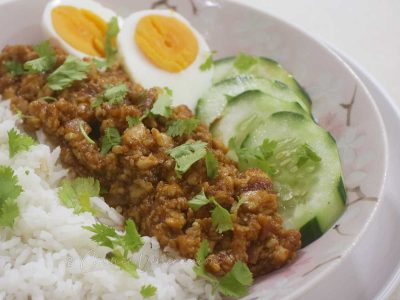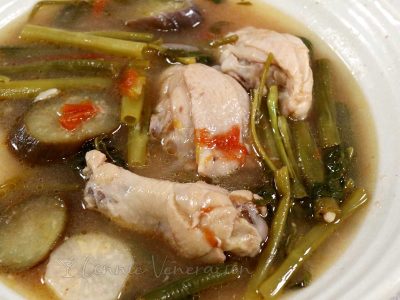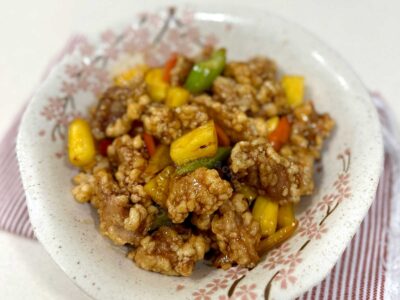So, we absolutely love meat and vegetable soup. The meat can be pork, beef, chicken or lamb. The vegetables may be leaves or root crops, beans in pods, gourds, or a combination of all of them.
The generic term for such dishes in the Philippines is nilaga which literally translates to boiled. If the broth is seasoned with the extract from a sour fruit such as tamarind, it’s sinigang. If the spice base is ginger, it’s tinola or a variant.
Their common denominator is that they are cooked in pretty much the same way. Simmer the meat until tender, add the vegetables, cook until all the veggies are done, and serve.
I cook these soups in a large pot because everyone in my family eats more than they intend. So, it’s not uncommon to have leftovers. The thing is, they were rarely good when reheated. Okay, let me qualify that. With dishes like these, the broth is even better the next day. The flavors of the vegetables bleed into the broth to make it richer.
But the vegetables themselves? They never seemed to be as good. Reheating simply ruins them because they get overcooked. It takes time to bring cold soup from the fridge to a boil on the stovetop. In fact, the mere act of transferring the soup from a fridge container to a pot agitates tender vegetables and they start to fall apart. And they continue to fall apart in the pot.
What’s the trick to prevent that from happening? It’s simple. You strain all the solid ingredients in the soup. Meat and vegetables alike. Heat the broth until it comes to a rolling boil, drop in the strained solids and stir gently in case some are stuck together. When the contents of the pot comes to a boil once more, count half a minute to one minute (depending on the kind of vegetables you’re reheating and how large the meat pieces are) and everything is perfectly reheated.
Here are some of our favorite meat and vegetable soups.


